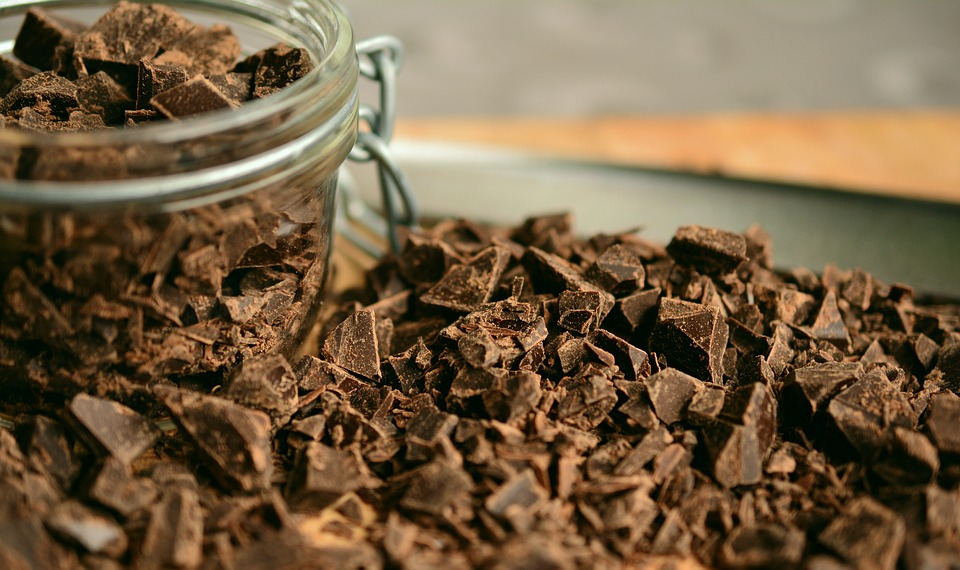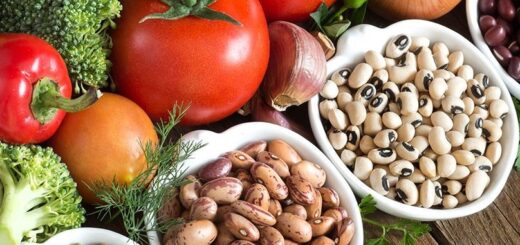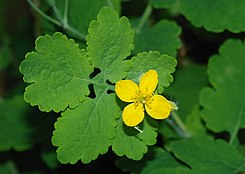How Chocolate is manufactured?
Chocolate needs no introduction. They have been enthralling our taste buds as no other food has ever done before. From changing our moods, expressing our love, bringing a smile to our kids and much more chocolates can be doomed as a ‘wonder drug’ for happiness.
The chocolate industry has crossed $100 billion and is still growing strong. Some even say that investing in chocolate is as good as investing in gold or real estate, as everyone loves chocolate.
Industrial chocolate processing has made the chocolate, accessible and preservable, So that mouthwatering Belgian or Swiss chocolate can be bought easily from a store nearest to your house.

The Journey from Cocoa to Chocolate Bar
Roasting the Beans: At first, the cocoa beans are collected and then fermented to enrich their taste. The beans are then cleaned and unwanted particles are removed. After a thorough cleaning, the beans are then roasted to remove the moisture content to 1%.
Winnowing: This process splits the cocoa beans into hulls and nibs by passing the roasted beans in large winnowing machines. Nibs contain more than 50% of cocoa butter and are blended with other varieties of cocoa to add more texture to the chocolate. This process provides the classic chocolate flavor for which we all die.
Making the Chocolate Liquor: The separated nibs are then dropped in a grinding machine to turn them into a chocolate liquor which is the main ingredient of cocoa powder.
Chocolate Liquor to Cocoa Powder: The chocolate liquor is then dutched which reduces its tendency to form clumps and improves the taste of the chocolate. The chocolate liquor is then defatted in hydraulic presses to remove 80% butter from it. The resulting product is ‘cocoa powder’, which is the precursor of the modern-day chocolate bar.
Blending Tastes: This stage involves the addition of milk, cocoa butter, and other ingredients to form the basis for the chocolate bar mixture. To be precise, this stage determines the specific taste of the chocolates. This stage determines the texture or type of chocolate the industry is producing.
Blending Tastes: This stage involves the addition of milk, cocoa butter, and other ingredients to form the basis for the chocolate bar mixture. To be precise, this stage determines the specific taste of the chocolates. This stage determines the texture or type of chocolate the industry is producing.
Tempering the Conched Chocolate: This process involves slow cooling of conched chocolate so that the homogeneity of the molten chocolate is maintained. Thanks to ‘tempering’, we can eat delicious chocolate bars, without them melting in our hands.
Chocolate Molding: Chocolates are then shaped according to the required shape by pouring the molten chocolate into molds. These molds with liquid chocolate are then placed on Food Processing Belts, where gradual cooling of these molds converts them into the solidified form.
Wrapping: The chocolates are then wrapped, packed, and then distributed, so we can cherish our moments with chocolate sweetness.
Got the Recipe?
Chocolate manufacturing is a highly profitable business. Automation has certainly made it easy. With a good recipe, a food grade processing plant and a sound team, your chocolate bar is ready to hit the stores worldwide.


